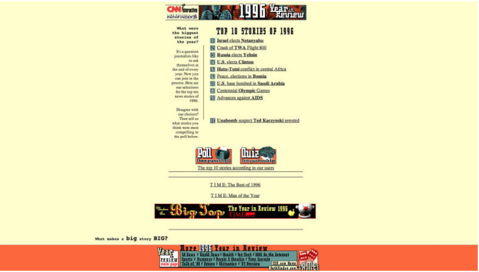Six Popular Types of WEBSITE's you can Create:
The web is vast. As of now, there are billions of websites online, all competing for some share of the attention people give to their online browsing each day. When you’re starting a new website, it can be overwhelming to think about all the other websites out there. Know a days there are a lots of different platforms where you can build your websites easily without coding.There are different categories of websites you can build.
- E-Commerce Website: E-Commerce websites is a place where you can buy your products online. You probably used number of e-Commerce websites there are a lots of big and small eCommerce websites out there. E-Commerce websites have a shopping Cart option where you can provide your credit car information for buying items. Also there are Cash on delivery option as well. There are number of e-Commerce websites likes of AMAZON, ALIexpress, DARAZ.pk. E-commerce websites are business websites, but it’s also possible to have business websites that don’t sell anything directly, but rather encourage visitors to get in contact for more information (a lead generation website) or come to a storefront if they’re interested in becoming customers.
Business Website: A business website is any website that’s devoted to representing a specific business. It should be branded like the business (the same logo and positioning) and communicate the types of products and/or services the business offers.By now, every business out there should have a website. It’s a widespread expectation. Every potential customer you encounter will just assume that if they Google your business looking for more information, they’ll find a website. And if they don’t, it makes the business look less professional.
Porfolio Website: This type of websites are used show previous works projects who are looking for a service any kind of service in kind of fields s they can saw the previous samples of the work so that they can contact for availing the services. This type of website is most common for creative professionals and freelancers that are hired based on demonstrated skill and can be a more efficient alternative to a business website that serves a similar focus.
Brochure Website: Brochure websites tend to be small simple website to promote a business or service. They can be product related but tend not to be product focused but rather the operation or service as a whole. Generally the aim of a brochure website is to attract new customers and sales that wouldn’t otherwise have found you, however some websites are set up solely for existing customers and whose aim is disseminate information and news.
- Entertainment Website: Most of these websites do aim to make money like business and e-commerce websites do, but usually through the advertisements that show up on the page rather than through selling specific products or services.If you want to start an entertainment website, you’ve got a lot of options for formats that can take. You could make funny or informative videos, write entertaining blog posts, draw comics, or create fun quizzes.
Media Website: Media websites collect news stories or other reporting. There’s some overlap here with entertainment websites, but media websites are more likely to include reported pieces in addition to or instead of content meant purely for entertainment.Media websites generally make money through either advertisements that show up on the site, subscription models, or some combination of the two.Many media websites are the online branch of media properties that often exist in other forms, like TV channels or print magazines and newspapers, but some are online only.











